Rising Incidence of Organ Failure
The increasing prevalence of chronic diseases such as diabetes and hypertension is contributing to a higher incidence of organ failure, thereby driving the Transplantation Market. According to recent statistics, the number of patients requiring organ transplants is projected to rise significantly, with estimates suggesting that by 2025, the demand for kidney transplants alone may exceed 100,000 annually. This surge in demand places immense pressure on healthcare systems to enhance organ procurement and transplantation processes. As a result, healthcare providers are likely to invest more in transplantation technologies and services, which could further stimulate growth in the Transplantation Market. The need for effective treatment options for organ failure is thus a critical driver, as it compels stakeholders to innovate and expand their offerings in the transplantation sector.
Growing Awareness of Organ Donation
Public awareness campaigns aimed at promoting organ donation are playing a pivotal role in shaping the Transplantation Market. As societies become more informed about the benefits of organ donation, the number of registered donors is likely to increase. Recent surveys indicate that a significant percentage of individuals express willingness to donate organs, yet many remain unregistered. Efforts to bridge this gap through educational initiatives and community outreach are essential. The increase in organ availability directly correlates with the growth of the Transplantation Market, as more organs become accessible for transplantation, thereby improving patient outcomes and reducing waiting times.
Advancements in Transplantation Techniques
Innovations in surgical techniques and post-operative care are transforming the landscape of the Transplantation Market. Techniques such as minimally invasive surgery and robotic-assisted procedures are enhancing patient outcomes and reducing recovery times. Furthermore, advancements in immunosuppressive therapies are improving graft survival rates, which is crucial for patient satisfaction and long-term success. Data indicates that the five-year survival rate for kidney transplants has improved to over 90% in many regions, reflecting the positive impact of these advancements. As healthcare providers adopt these new technologies, the Transplantation Market is likely to experience accelerated growth, driven by the demand for safer and more effective transplantation options.
Increased Investment in Research and Development
The Transplantation Market is witnessing a surge in investment directed towards research and development initiatives. Governments and private entities are recognizing the importance of advancing transplantation science, leading to increased funding for innovative therapies and technologies. For instance, the development of bioengineered organs and xenotransplantation is gaining traction, with several research projects underway. This influx of capital is expected to yield breakthroughs that could revolutionize the field, potentially addressing the organ shortage crisis. As new solutions emerge, the Transplantation Market may expand significantly, attracting more stakeholders and enhancing the overall landscape of organ transplantation.
Regulatory Support for Transplantation Practices
The regulatory environment surrounding organ transplantation is evolving, with governments implementing supportive policies to enhance transplantation practices. These regulations aim to streamline the organ procurement process and ensure ethical standards are maintained. For example, initiatives to establish national organ registries and improve allocation systems are gaining momentum. Such regulatory frameworks are crucial for fostering trust among the public and healthcare providers, which in turn can lead to increased participation in organ donation programs. As these supportive measures take effect, the Transplantation Market is likely to benefit from a more robust infrastructure, facilitating growth and improving access to transplantation services.



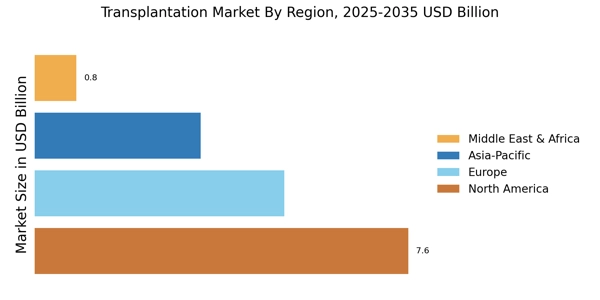
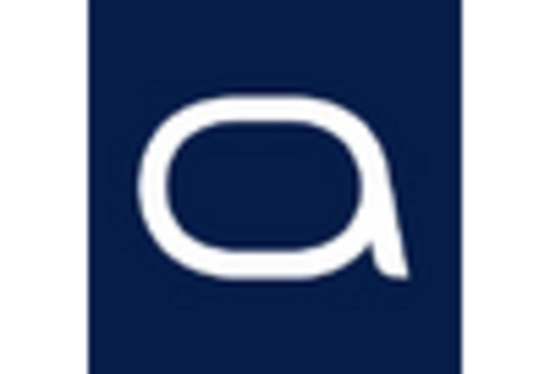
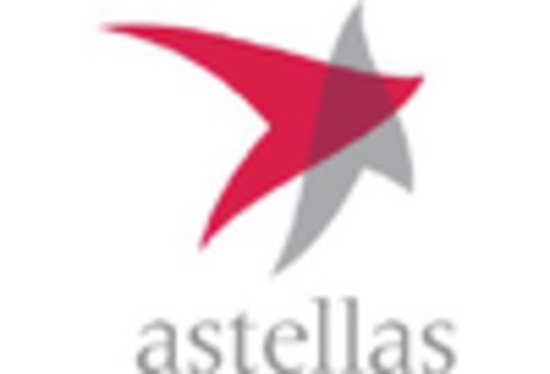
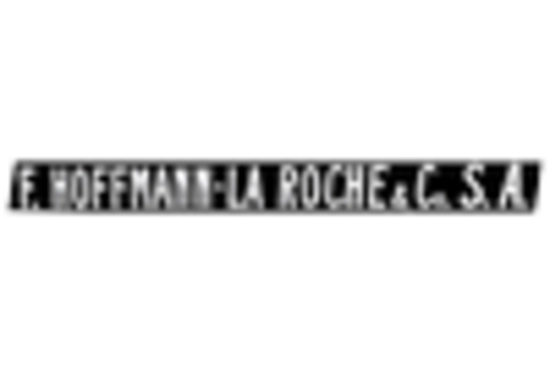

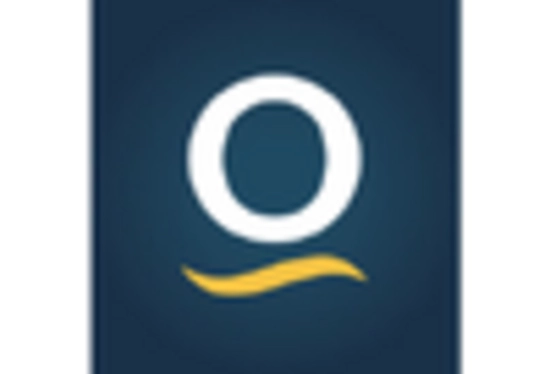
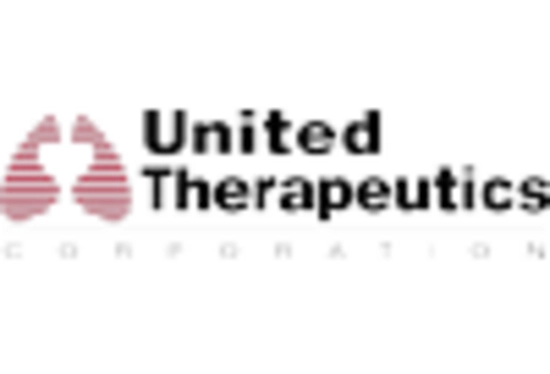








Leave a Comment